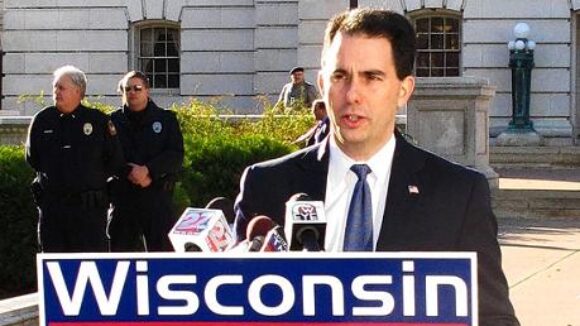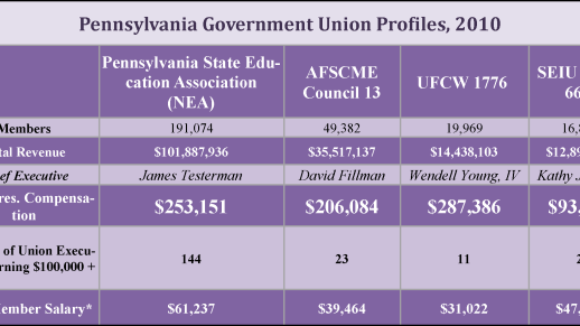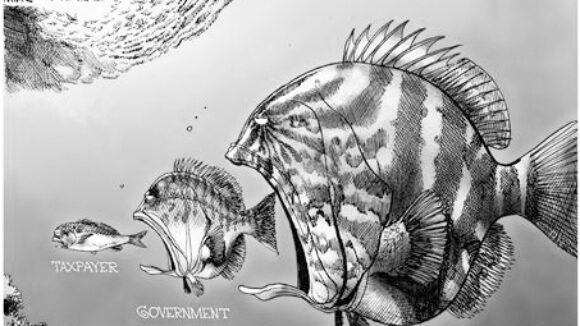Barack Obama, President of the SEIU
Barack Obama is an effective president, unfortunately not of the United States but of the SEIU argues Arizona Gov. Jan Brewer:
Unions — particularly public-employee unions — support illegal immigration because it serves their interests to have a permanent class of people who are financially dependent on the government.
The sad secret about private-sector unions is that they are dying. All they do now is drive up the cost of doing business, thereby preventing their own members from getting hired. Arizona is what we call a “right to work” state. As mandated by the Arizona Constitution, Arizonans are free to join a union or not — it’s their choice, not some union boss’s command. And interestingly enough, when employees are given the choice of whether or not to join a union, they increasingly say no. These workers understand that the rigid workplace rules and regulations that unions promote are bad for growth, bad for competitiveness, and bad for jobs.
More and more workers recognize this. That’s why in the private sector, where employees have a real stake in the success of the businesses they work for, only 7.5 percent of workers are unionized. By contrast, more than 36 percent of public-sector workers are unionized, and more than 42 percent of local-government workers. That’s because public-sector workers in the federal government don’t have to worry about unemployment. Ever. In many federal agencies, the primary threat to job security is actually death.
Democratic-party bosses love government workers because each of those workers must rely upon the health and growth of government to pay his salary and guarantee his benefits. If the government contracts or shuts down for any reason, those workers are out of a job. And public-sector unions love the Democratic bosses because they keep on growing government. The more people the Democrats can put on the payroll, the more voters they can lock up for their candidates.
That gives public-sector unions like the SEIU (which includes huge numbers of public employees) unbelievable leverage. Because the party bosses want to keep government workers employed and happy, they’ll give the unions just about anything they want. And the best part (for them) is that it doesn’t cost them a thing. The taxpayers pick up the tab. Liberal politicians spend taxpayer money to grow government; the unions keep voting for (and contributing to) Democrats, and the Democrats stay in office so they can spend more of the taxpayers’ money growing government. It’s a simple, corrupt, mutual back-scratching circle.
How does illegal immigration play into this? Most illegal aliens work hard. That is not in dispute. But the unfortunate fact is that most illegal aliens are also unskilled and uneducated.
Unskilled workers have higher unemployment rates and lower earnings. Many rely on government programs to help support them and their families. Much of this access to the welfare system by these households is gained through their American-born children, who are U.S. citizens. That means more government, which means more public-sector-union members.
Even if, in the short term, more illegal immigration means fewer union jobs, the unions are okay with that. It is a strategic cost they are willing to bear. Because they know that if the Democrats keep winning, they will give the unions subsidies, grow government, and employ more union members.





